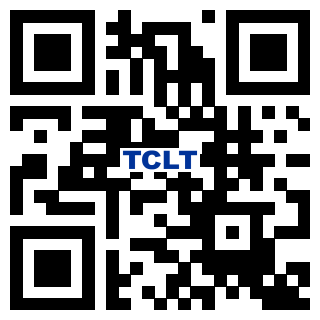How to Conduct Eye-Tracking Research in Teaching and Learning Chinese (abstract)Eye-tracking has been an essential research method for studying reading habits and human computer interactions for over half a century. With eye-tracking technology and software becoming more accessible, the researchers utilizing it to explore different aspects of language education are increasing as evidenced by a visible rise in the number of related publications. After using eye-tracking to study Chinese teaching and learning for nearly 10 years ( Shi 2019, Shi 2018, Shi, Stickler and Lloyd 2017, Stickler and Shi 2017, Stickler and Shi 2016, Stickler and Shi 2015), I hope to present both the theoretical and practical aspects of conducting eye-tracking research. In this workshop, I will firstly present a brief overview of eye-tracking research. Then, I will demonstrate its applications in the three areas most relevant to Chinese language practitioners – L1 and L2 reading habits, the development of reading strategies, and synchronous online Chinese teaching. The third part of the workshop will discuss diverse paradigms underpinning eye-tracking research in language education and share hands-on advice ranging from the choice of eye-trackers to effective data analysis. This workshop is suitable for any practitioners who are interested in understanding eye-tracking as a research method, and/or intend to use it for their future studies. The intended outcomes include -- improving participants’ knowledge of eye-tracking as a research method, helping them design and develop their own studies, and for them to be fully aware of the pros and cons of using eye-tracking. Keywords: eye-tracking, Chinese reading, synchronous online language teaching,, research methodology References: L. Shi (2019) What can eyetracking tell us about CFL Learners’ reading strategies: A pilot study from beginner to mastery. Acquisition of Chinese: Bilingualism & Multilingualism. University of Cambridge, Cambridge, L. Shi, (2018). Eye-tracking Technology and its Application in Chinese Teaching and Learning Research. Journal of Technology and Chinese Language Teaching, 9(1), 96-107. L. Shi, Stickler, U. and Mair E. Lloyd (2017) The interplay between attention, experience and skills in online language teaching. Language Learning in Higher Education. Stickler, U. and L. Shi (2017) Eyetracking methodology in SCMC: A tool for empowering learning and teaching. ReCALL, 1–18. doi: 10.1017/S0958344017000040. U. Stickler & L. Shi (2016) BAAL/CUP Seminar 2015: Eyetracking as a research method in online language education, Language Teaching, 49(4), 596–598. doi: 10.1017/S0261444816000197. U. Stickler & L. Shi (2015) Eye movements of online Chinese learners. CALICO 32 (1), 52-81.



